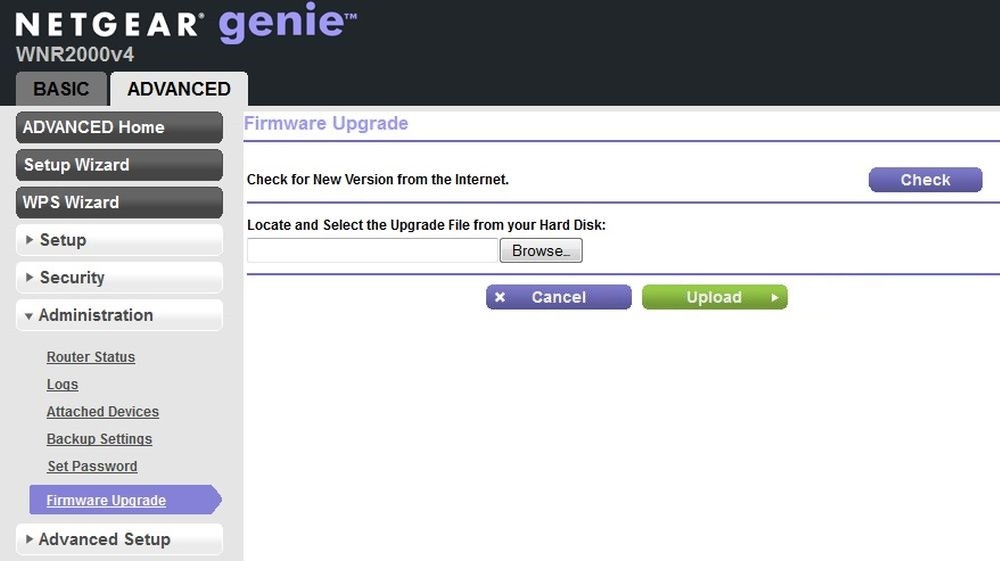If you are struggling with Netgear router firmware update failure. Then here is the guide on how to update Netgear router firmware. Updating the firmware on your router improves its performance and helps to protect your network from the latest security threats. Your Netgear router's firmware can be updated using either of the two methods to update the firmware version of your Netgear router. We’ll go through both ways.
Netgear Router Firmware Update on Nighthawk App -
The Netgear Nighthawk WiFi app is an excellent resource for managing your WiFi network. Furthermore, you can install this app on your Android, iOS, and Windows devices, as well as your computer.
To get the most recent version of Netgear router firmware, first, download the Nighthawk app from here.
Then, proceed as follows:
- Connect your smartphone to the Netgear WiFi router.
- Start the Nighthawk app.
- If the security prompt appears, enter the admin username and password.
- The Netgear router dashboard will appear after you sign in.
- Now, click or tap the image of your router.
- Navigate to the router's settings page.
- Scroll to the bottom and click Check For Updates.
- If a new firmware update is available, the system will look for it. Select Update.
Do not go online once the firmware update process starts. Also, never turn off the router while updating the firmware.
The router will restart automatically once the update has been fully installed.
Netgear Router Firmware Update on Web Browser -

If you don't have the Nighthawk WiFi app and want to update the firmware on your router, you can do so using a web browser.
Take the following steps.
- Connect your computer to the Netgear router using an Ethernet cable.
- Now launch a web browser.
- Enter routerlogin.net in the address bar. The router login window will appear.
- Enter the admin's username and password in the username field. If you don't know these credentials, try using the default admin user name "admin." Enter "admin" or "password" as your password.
- After successfully logging in, navigate to ADVANCED.
- Select Settings or Administration.
- Go to Administration right away.
- Check your router's label after that. There are various router models, depending on the product.
- On the Firmware Update button, click. The Router Update button may also show up here.
- Tap Check.
- Wait while the Netgear router performs a firmware update search.
- Click Yes if any firmware upgrades are discovered.
Note- When you click the Yes button to confirm, the firmware upgrade process starts.
Don't attempt any online activities at this time. Additionally, avoid rebooting or turning off the router while the firmware is being installed.
Furthermore, as soon as the update starts, the router will restart. Consequently, you don't need to manually restart it.
Additionally, the entire process will take a little while. Therefore, relegate yourself to the backseat and wait for firmware updates.
If you have any query regarding Netgear Router Firmware updation then you can visit our website ( wirelessextendersetup.org) and also call or chat with our expert team. They will guide you everywhere.
Comments
Post a Comment